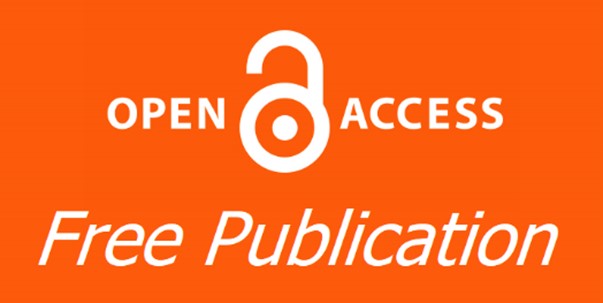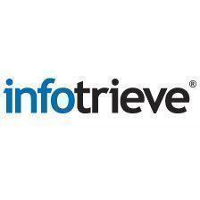Article Type
Article
Abstract
Background: Congenital nasolacrimal duct obstruction is a common cause of epiphora in children. We aimed to compare the outcomes of intubation in the treatment of those cases under nasal endoscopy to the blind method.
Methods: This randomized controlled study was conducted in Helwan University Hospital, Egypt in the period 2015-2016. Participants were randomly allocated to the study group and the control group. For the study group endoscopic-guided intubation was done, and for the control group blind intubation was made. The primary outcomes measures were the success of entry and the surgical success rate.
Results: Hundred subjects were included in the analysis, 50 in each group. The two groups were comparable regarding age, gender, and side of the obstruction. Success of entry was in 50 (100%) of the Endoscopic group; however, it was achieved in 41 (82%) of the Blind group, (p-value=0.003). The blood loss was lower in Endoscopic group (Median 18, IQR 5) ml than in the Blind group (Median 77, IQR 50) ml (p-value<0.001). Surgical success was achieved in 50 (100%) of the Endoscopic group; however, it is achieved in 41 (82%) of the Blind group, (p-value=0.003). During the follow up period, no complication was reported in the Endoscopic group. However, one child accidental tube removal in the blind group.
Conclusions: In conclusion, the efficiency and safety are better when using endoscopic nasolacrimal intubation as the primary treatment of nasolacrimal duct obstruction in children under 5 years of age.
Keywords: Nasal endoscopy; nasolacrimal duct obstruction; probing; intubation.
Recommended Citation
Hamed MG, Kazem NG, Hashem HF,
et al.
Endoscopic Intubation of Congenital Nasolacrimal Duct Obstruction.
Pan Arab J. Rhinol.
2018;
8 : -.
Available at:
https://pajr.researchcommons.org/journal/vol8/iss2/5
















